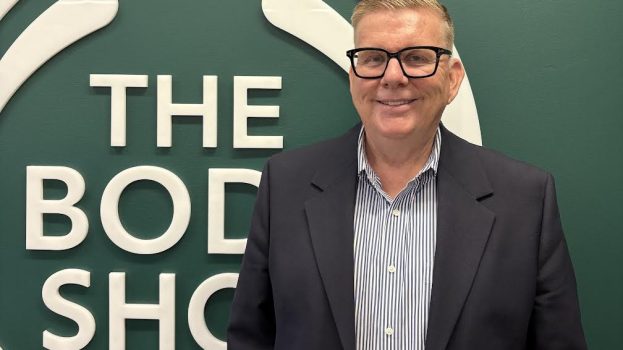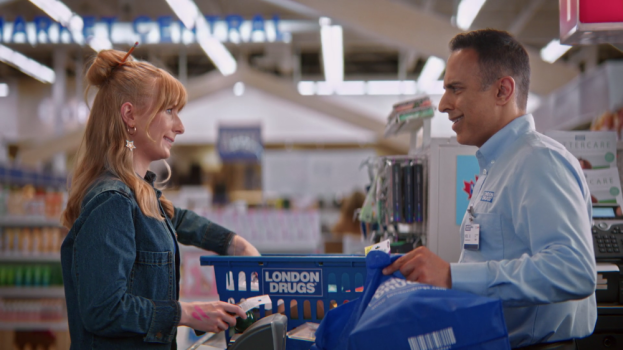Johnson & Johnson’s global pharmaceutical business helped drive Q1 2022 numbers, but earnings still fell short of analyst expectations.
The company is reporting total sales growth of 5% to $23.4 billion versus Q1 2021, but also lowered its full-year sales and earnings outlook, forecasting 2022 sales approximately one billion lower than estimates provided at the beginning of the year.
The manufacturer of brands like Aveena, Neutrogena, Tylenol, Sudafed and Listerine reports its consumer health business slumped 1.5%.
Consumer health categories, specifically skin care and beauty, were impacted by ingredient and packaging availability, as well as labour shortages, according to Jessica Moore, VP of investor relations. There was above market growth, however, in Tylenol and Motrin, as well as digestive medicines like Imodium.
Selling, marketing and administrative expenses as a percentage of sales increased from 2021 to 2022, moving from $5.4 billion in Q1 last year to $5.9 billion in Q1 this year.
Moore says the numbers are being driven by higher brand marketing expenses in consumer health and “timing of marketing expenses in the pharmaceutical segment.”
J&J’s pharmaceutical sales grew 9.3% operationally, and pharmaceuticals had its sixth quarter exceeding $12 billion in sales, across portfolios and regions.
Pharma was spurred by 16.7% growth outside of the U.S., driven by multiple myeloma and plaque psoriasis meds, while Medtech worldwide growth was 8.6%, driven by market recoveries and differentiated products, according to Moore.
Johnson & Johnson says that given global supply surplus and demand uncertainty, it is suspending COVID-19 vaccine sales guidance, as it increasingly loses share to rivals Pfizer and Moderna. Sales of its one-shot vaccine slid 25% in the U.S. compared to the same period last year, but still generated approximately $450 billion in global sales for Q1.
Joseph Wolk, EVP and CFO for Johnson & Johnson, says market demand for the vaccine is hampered by jab hesitancy and supply chain constraints. According to Wolk, supply constraints will continue for consumer health, but will improve in the back half of 2022. For Medtech, full year expectations “remain fairly intact,” with continued market recovery. And Wolk says expectations for pharmaceuticals remains the same, with relatively consistent growth throughout 2022.
























